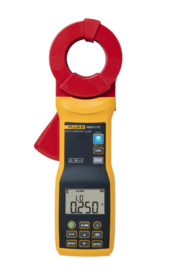I understand the need for distance when placing rods what I'm saying is there should never be an exception to your resistance.It is more for lightning and radio frequencies. Think of a large energy entering the ground rod at the ground level and traveling in all directions at the speed of light creating a half sphere. Having two rods the two fields will overlap and be out of phase with each other due to the wire length feeding the ground rod.
View attachment 220839
once you meet your desired resistance rating you can then test for loop impedance to work out how big your cable size needs to be, at least that's how I was taught.



